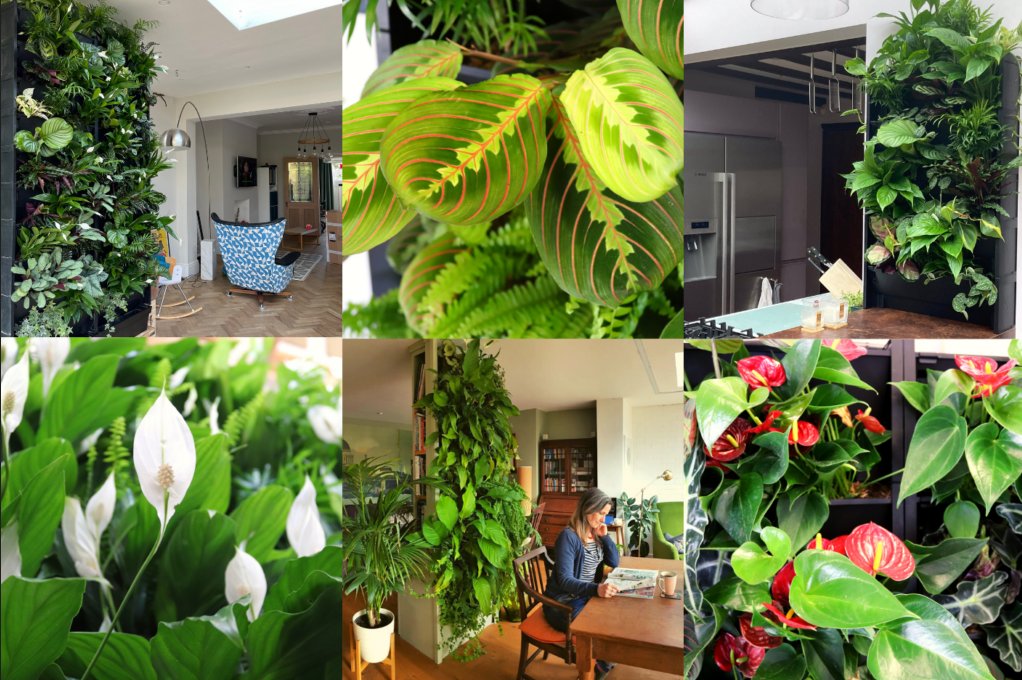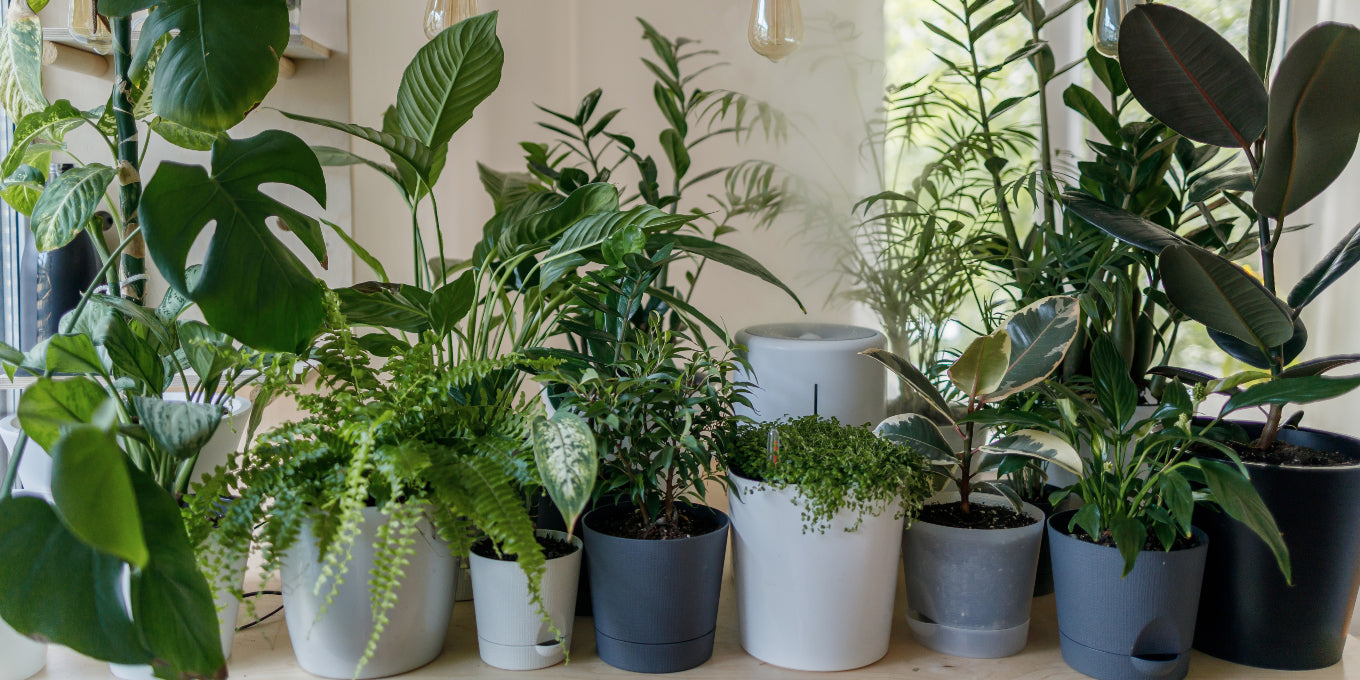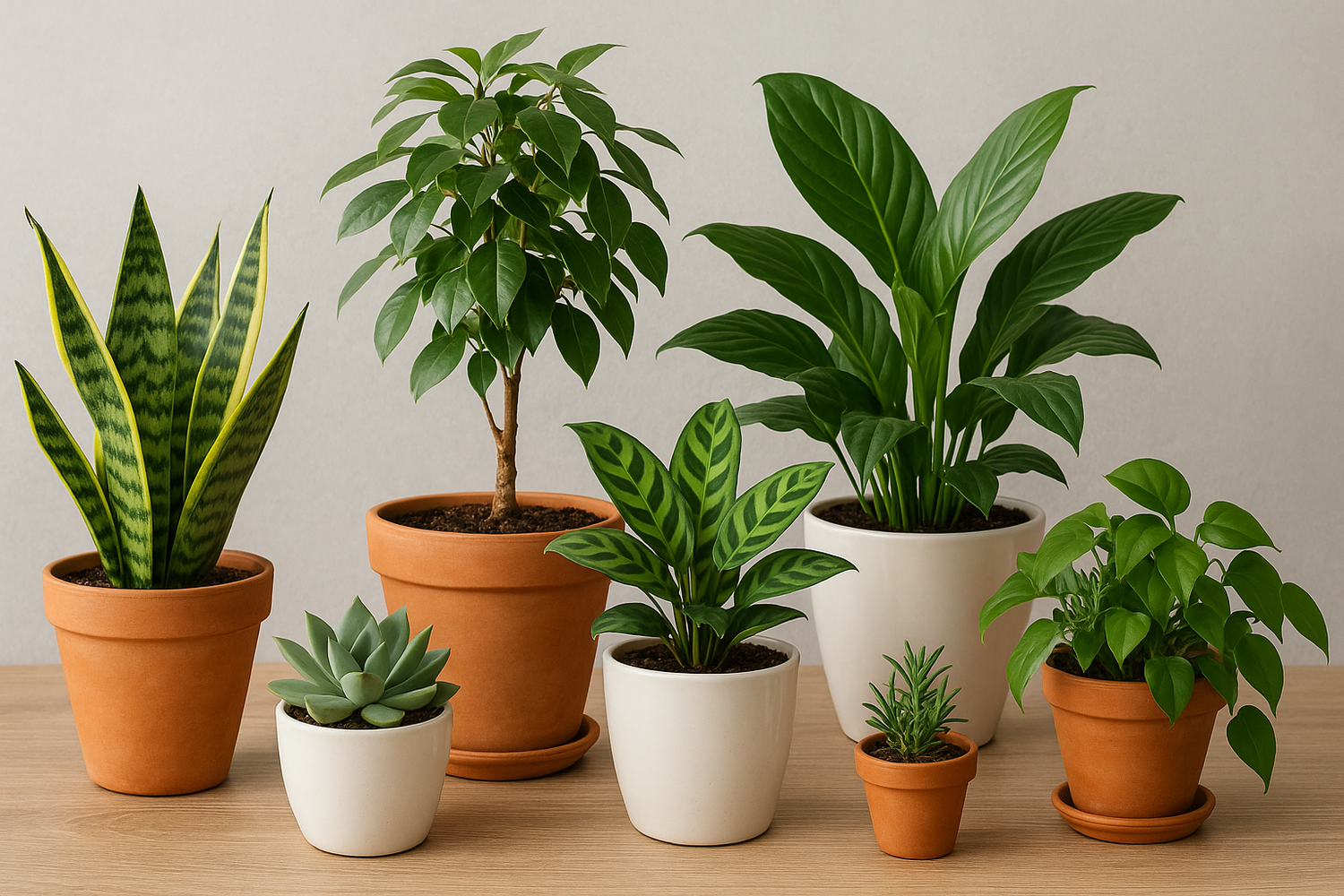Dubai's arid climate, intense sunlight, and sandy soils can make gardening a challenge — but with the right fertilizer practices, your outdoor plants can thrive. Whether you’re tending to flowering beds, hedges, palms, or a rooftop garden, proper plant nutrition is essential to survive the harsh weather and achieve lasting greenery.
In this guide, we’ll explore the best fertilizer practices for outdoor plants in Dubai, including timing, product types, soil considerations, and plant-specific tips — all tailored to local conditions.
1. Know Your Soil: Start with a Good Foundation
Before adding fertilizer, understand your soil type. Most landscapes in Dubai have sandy or silty soil, which:
-
Retains little water or nutrients
-
Heats up quickly
-
Dries out fast
Tip: Incorporate compost or organic matter to improve soil nutrition in Dubai gardens. This boosts the soil’s capacity to hold both water and fertilizer.
2. Understand the NPK Ratio for Outdoor Plants
All fertilizers contain three key nutrients, listed as an NPK ratio:
-
N (Nitrogen): Promotes leafy growthcx
-
P (Phosphorus): Supports root development and flowering
-
K (Potassium): Enhances plant resistance and overall health
In Dubai, you’ll often need a balanced fertilizer (e.g., 10-10-10) or one slightly higher in potassium to support stress resistance from heat.
3. Use Slow-Release Fertilizer for Outdoor Use
Because high temperatures cause nutrients to leach from soil quickly, using a slow-release fertilizer is more effective.
Benefits:
-
Feeds plants steadily over weeks or months
-
Reduces the risk of over-fertilizing
-
Requires less frequent application
Look for granular or coated fertilizers labeled controlled-release or slow-release — ideal for desert and coastal gardens.
4. Apply Fertilizer Early in the Day
In hot climates like Dubai, timing matters.
-
Apply fertilizer in the early morning or late afternoon
-
Avoid fertilizing during peak sun hours (11 a.m. to 3 p.m.)
-
Water after applying to help nutrients reach roots
Pro tip: For foliar sprays or liquid fertilizer for sandy soil, spray early to avoid leaf burn and maximize absorption.
5. Choose the Right Fertilizer for Each Plant Type
Dubai’s landscapes often include palms, bougainvillea, hibiscus, desert roses, and native plants. Each has different nutritional needs.
🌴 Palms and Shade Trees
Use: Slow-release fertilizer with magnesium and potassium (e.g., 8-2-12 + micronutrients)
Schedule: Every 3 months
Tip: Don’t forget micronutrients like magnesium and manganese to avoid yellowing leaves.
🌺 Flowering Plants (Bougainvillea, Hibiscus, Desert Rose)
Use: High phosphorus fertilizer for bloom production (e.g., 10-20-10)
Schedule: Every 2–4 weeks in the growing season
Note: Avoid overfeeding nitrogen, which reduces blooming.
🪴 Ground Covers & Green Hedges
Use: Balanced NPK fertilizer (e.g., 14-14-14)
Schedule: Monthly during the growing season
Tip: Mulch the base to conserve moisture and improve nutrient uptake.
🌿 Native and Desert Plants (Succulents, Cactus, Ghaf trees)
Use: Low-nitrogen, organic fertilizer
Schedule: Once every 2–3 months
Note: These plants are adapted to low nutrition but benefit from occasional feeding.
6. Opt for Organic Fertilizer in Hot Climates
Organic fertilizers are ideal for Dubai’s extreme conditions because they:
-
Release nutrients slowly and naturally
-
Improve soil texture and microbial activity
-
Reduce the risk of salt buildup in sandy soil
Examples of organic fertilizers for outdoor use include:
-
Compost
-
Worm castings
-
Fish emulsion
-
Seaweed extract
They’re safer for pets, children, and pollinators.
7. Use Liquid Fertilizers Strategically
Liquid fertilizers offer a quick nutrient boost and are great during the plant’s active growth stages.
Best for:
-
Young plants or transplants
-
Flowering and fruiting phases
-
Container gardens or balcony plants
Tip: Use diluted liquid feed every 2–3 weeks. Look for formulas with trace minerals for maximum impact.
8. Set a Garden Fertilizer Schedule for UAE Conditions
Following a localized feeding calendar ensures your plants receive nutrients when they need them most.
Typical schedule for Dubai gardens:
| Month | Fertilizer Type | Notes |
|---|---|---|
| Feb–Apr | Balanced NPK or high P | Kickstart spring growth |
| May–June | Light feeding + mulch | Prepare for summer stress |
| July–Aug | Skip or use mild organic | Plants rest; avoid overfeeding |
| Sept–Nov | Flower boosters + slow-release | Encourage second growth phase |
| Dec–Jan | Compost or organic matter | Build soil for the next season |
Caution: Avoid heavy feeding during peak summer (July–August) to prevent root stress.
9. Avoid Common Fertilizing Mistakes
Here are the most common fertilizer mistakes — and how to avoid them:
❌ Over-Fertilizing
Leads to leaf burn, salt buildup, and root damage. Always follow label instructions.
❌ Fertilizing in Midday Heat
Can scorch plants and reduce effectiveness. Always fertilize early or late in the day.
❌ Ignoring Watering
Dry soil can “lock out” nutrients. Always water after fertilizing to help nutrient uptake.
❌ Using the Same Fertilizer for All Plants
Each plant has different needs. Use plant-specific fertilizers where possible.
10. Boost Effectiveness with Mulching
Adding mulch around your outdoor plants helps:
-
Retain moisture
-
Reduce soil temperature
-
Prevent fertilizer from evaporating too quickly
-
Minimize weed competition
Use organic mulch like wood chips, shredded bark, or coconut coir.
Final Thoughts
Maintaining a vibrant outdoor garden in Dubai is entirely possible with the right fertilizing practices. By understanding your soil, timing applications, and selecting the right fertilizer types, you give your plants exactly what they need — even in a desert climate.
Whether you’re feeding flowering shrubs, hardy palms, or potted balcony plants, use slow-release fertilizers, apply organic fertilizer in hot climates, and create a consistent garden fertilization schedule in the UAE. With smart care, your landscape will not just survive — it will thrive.





